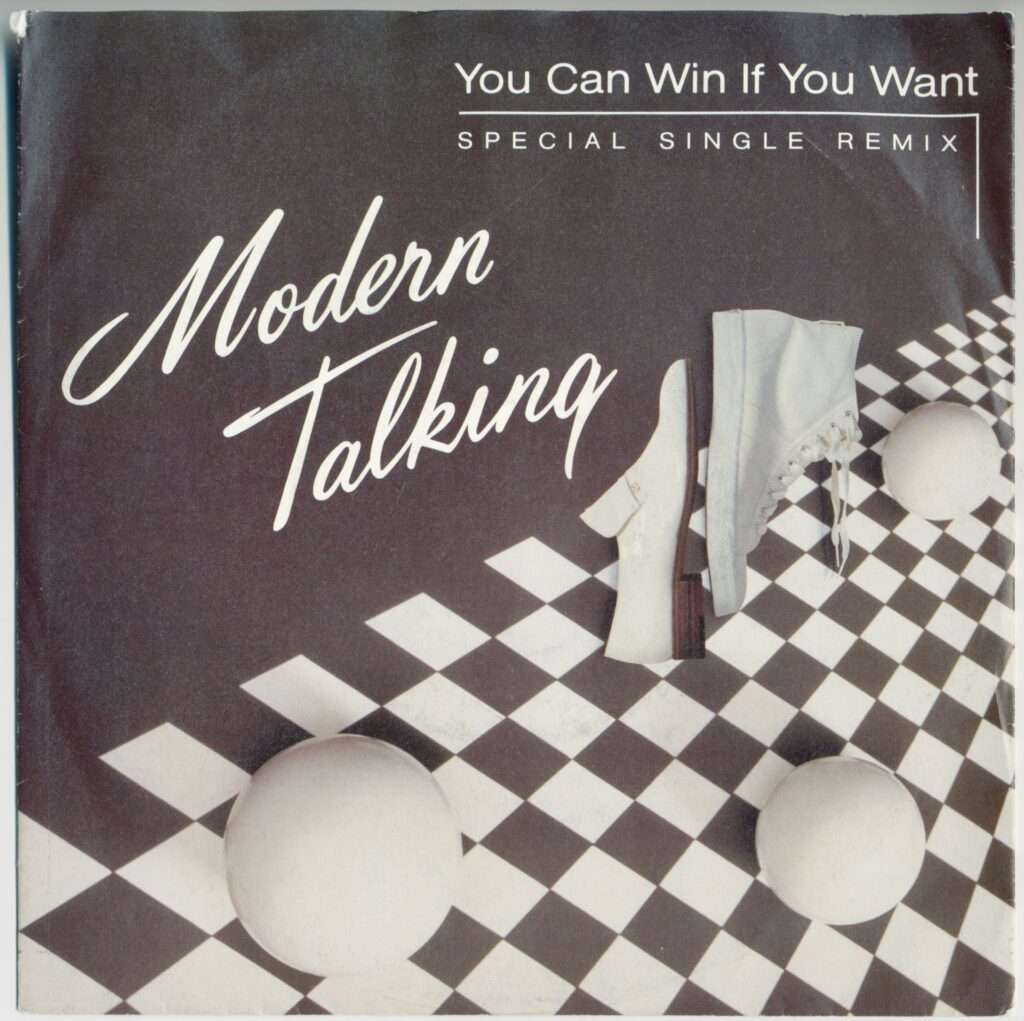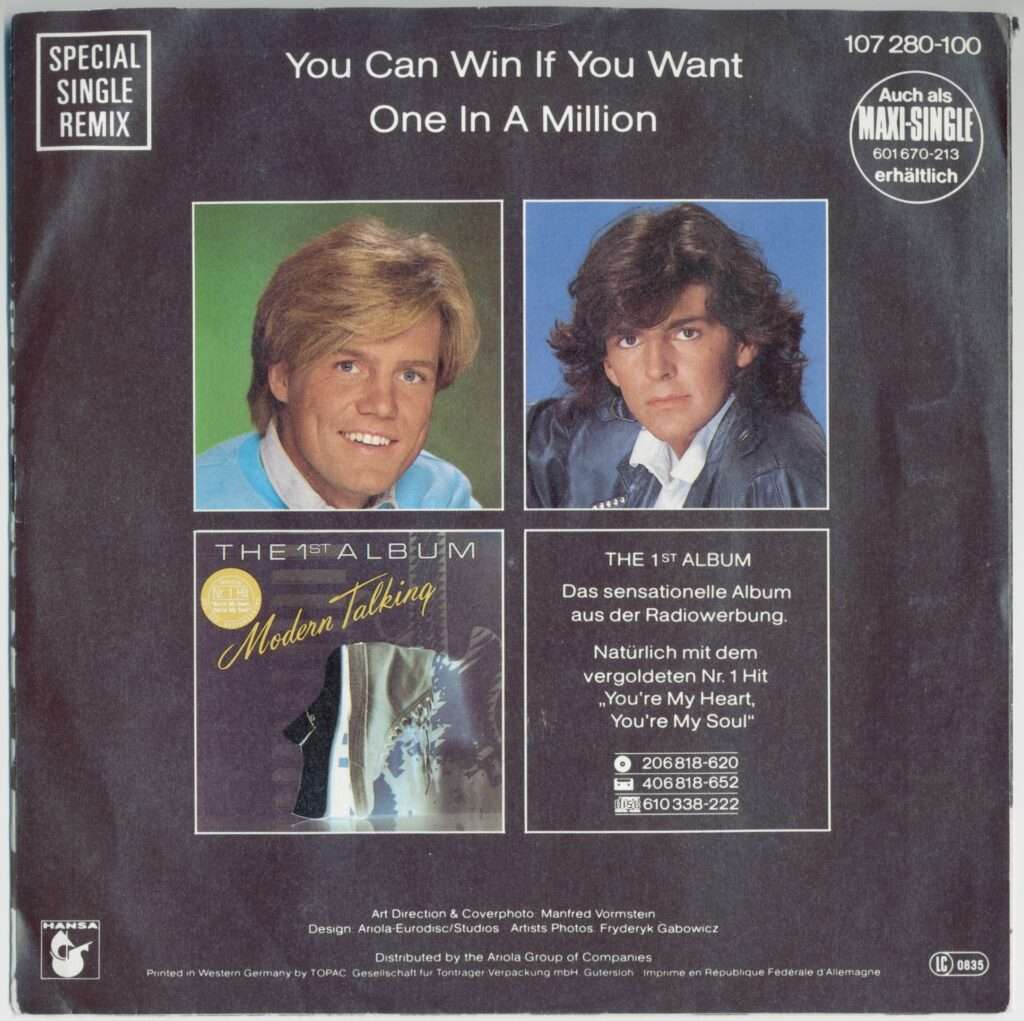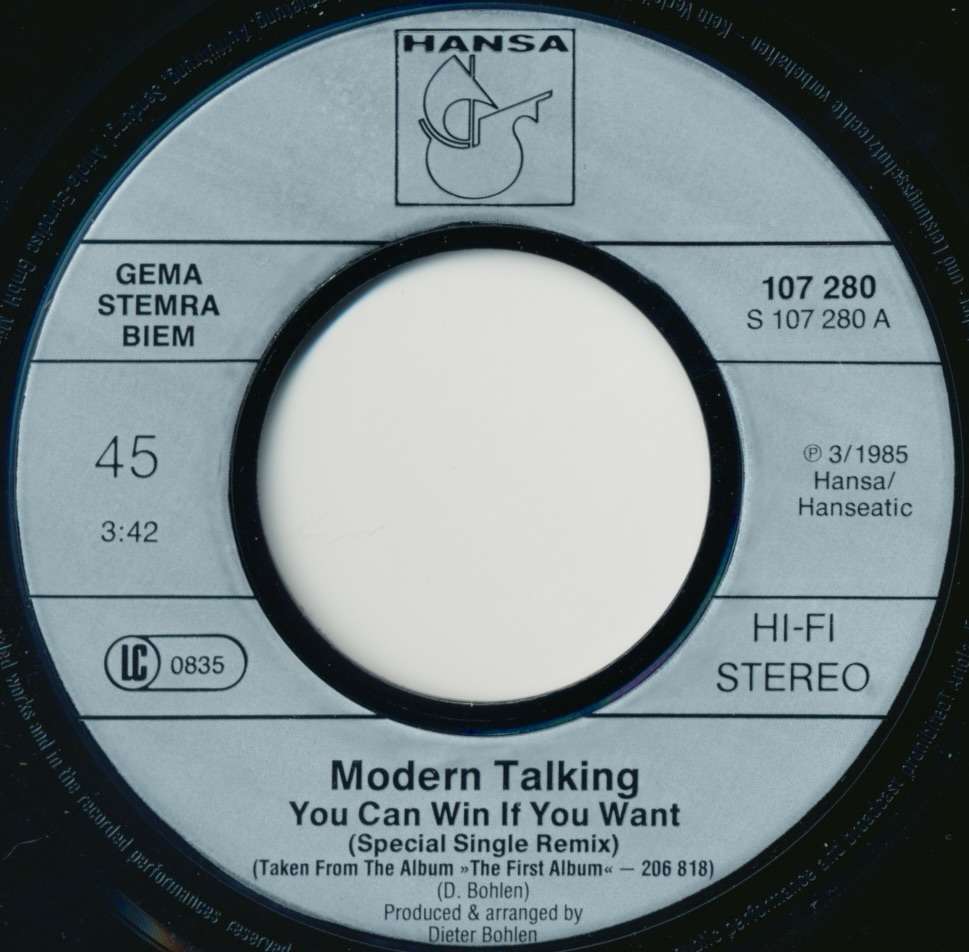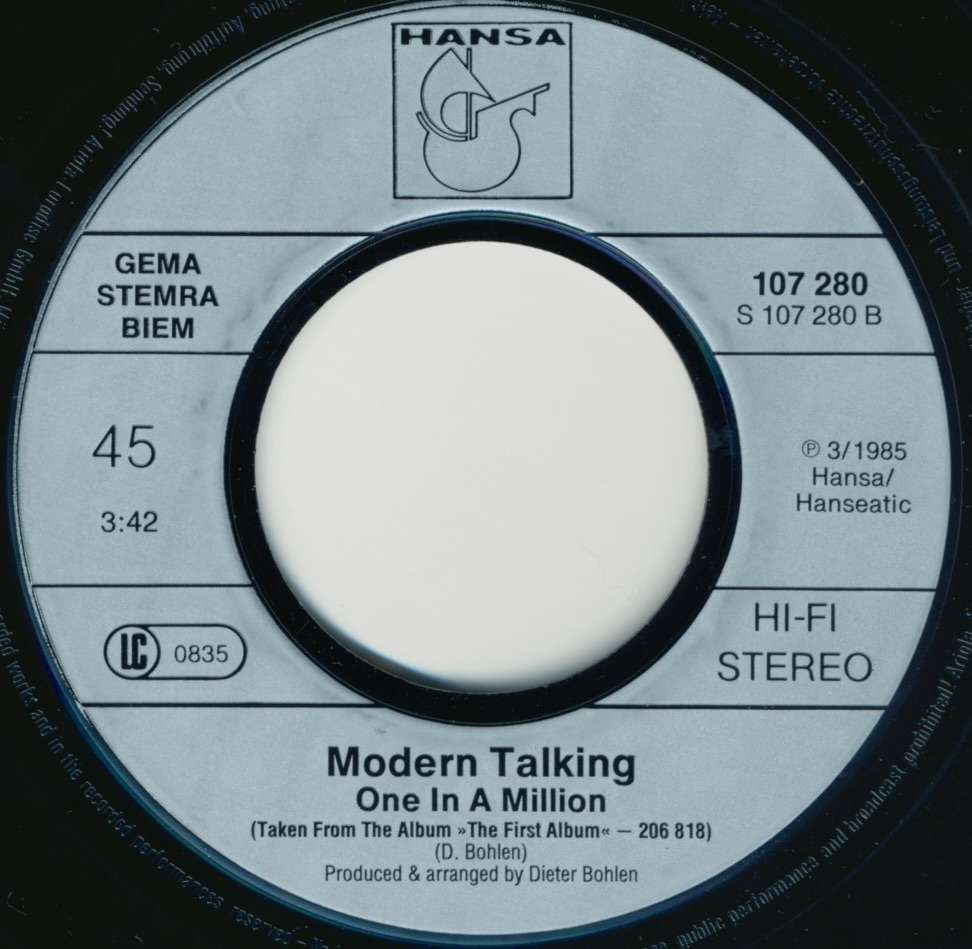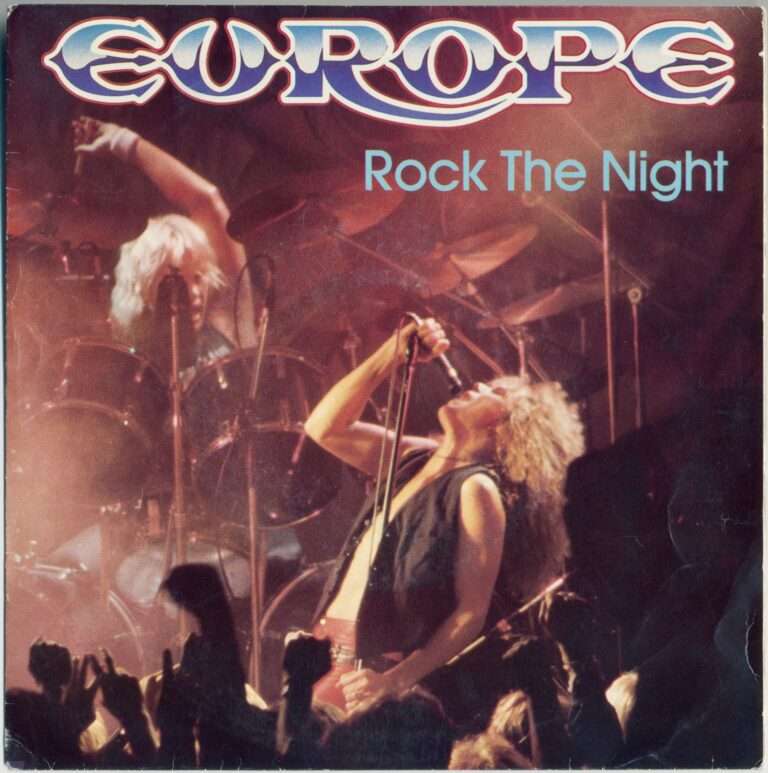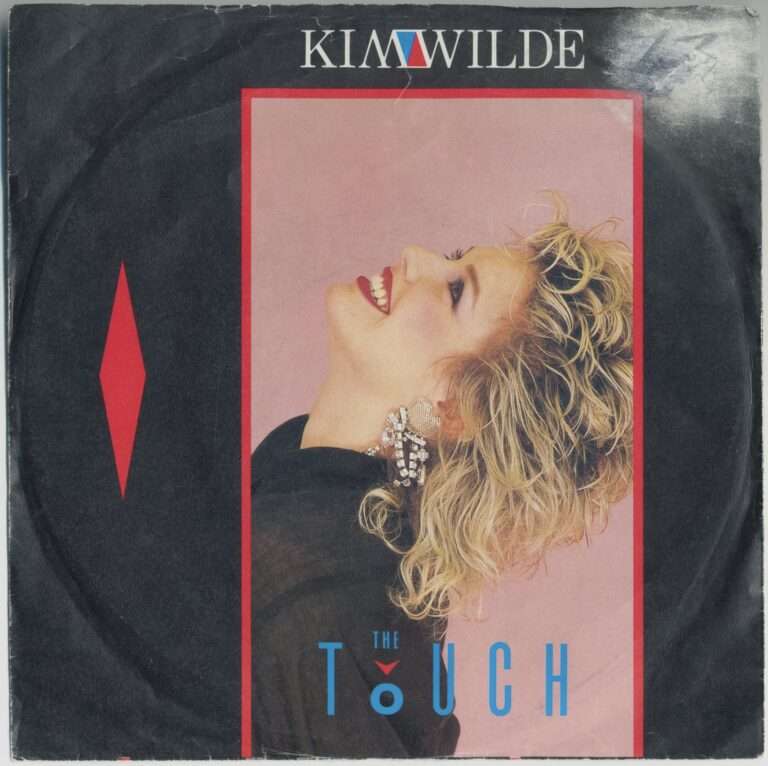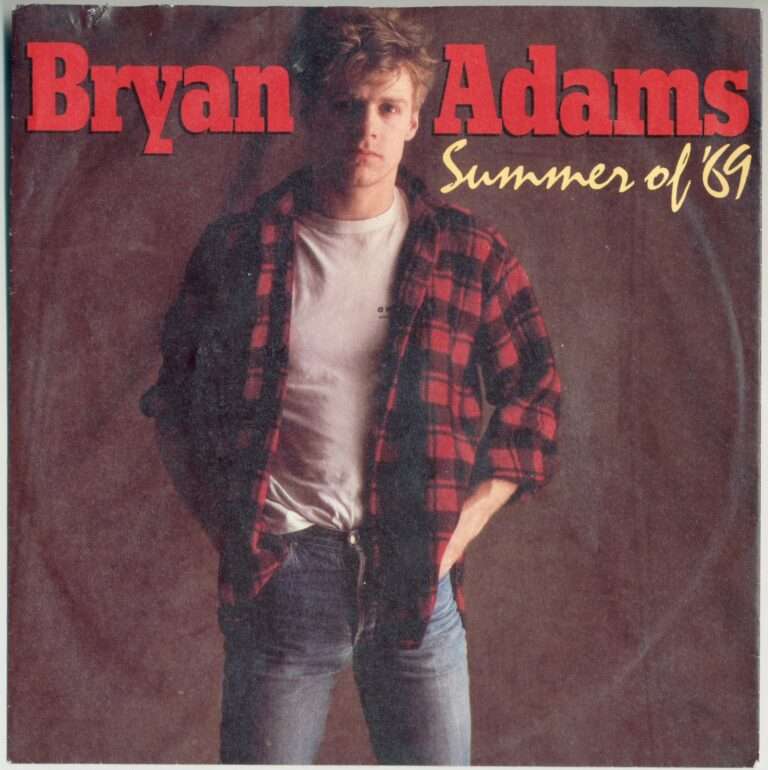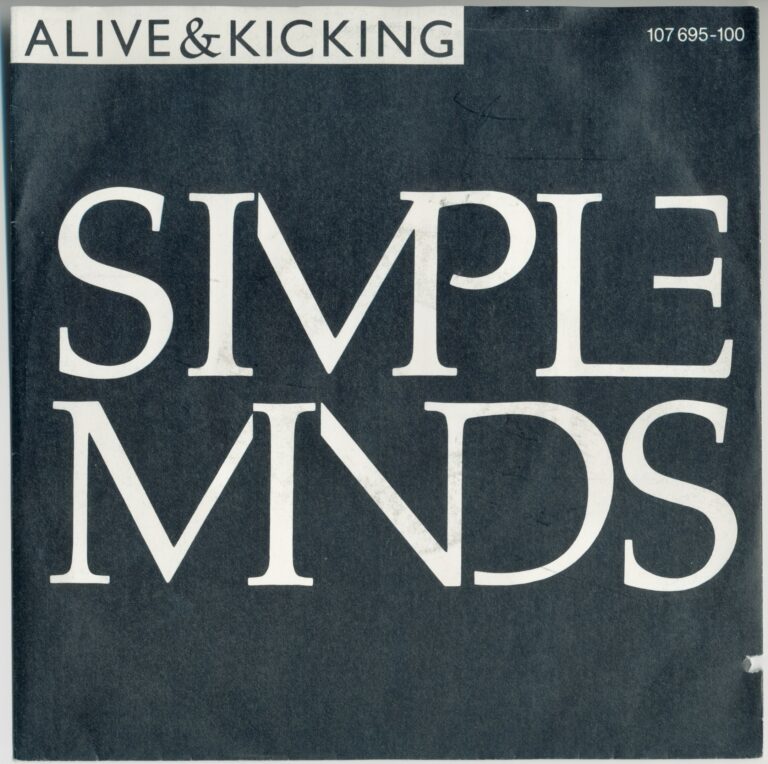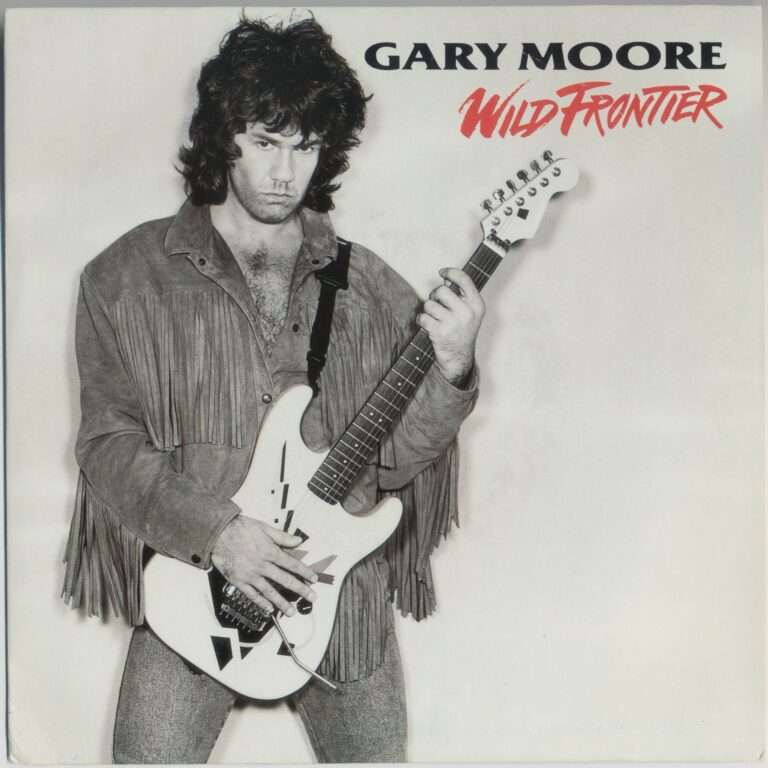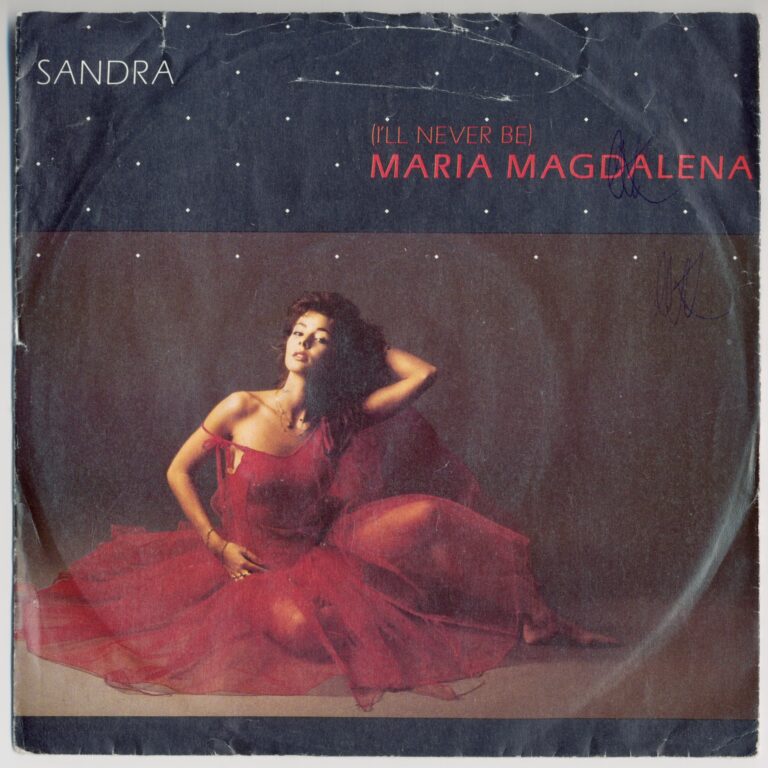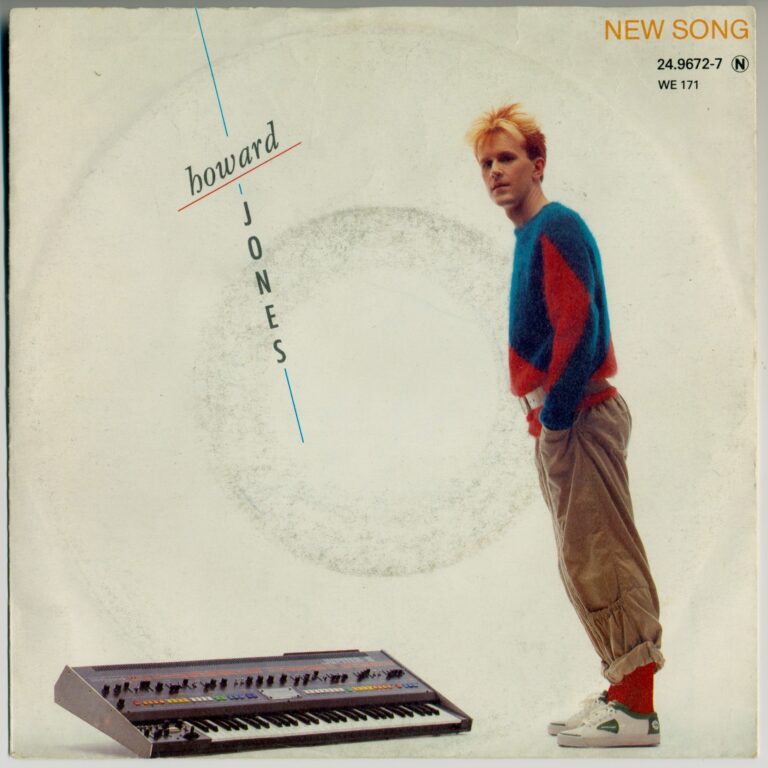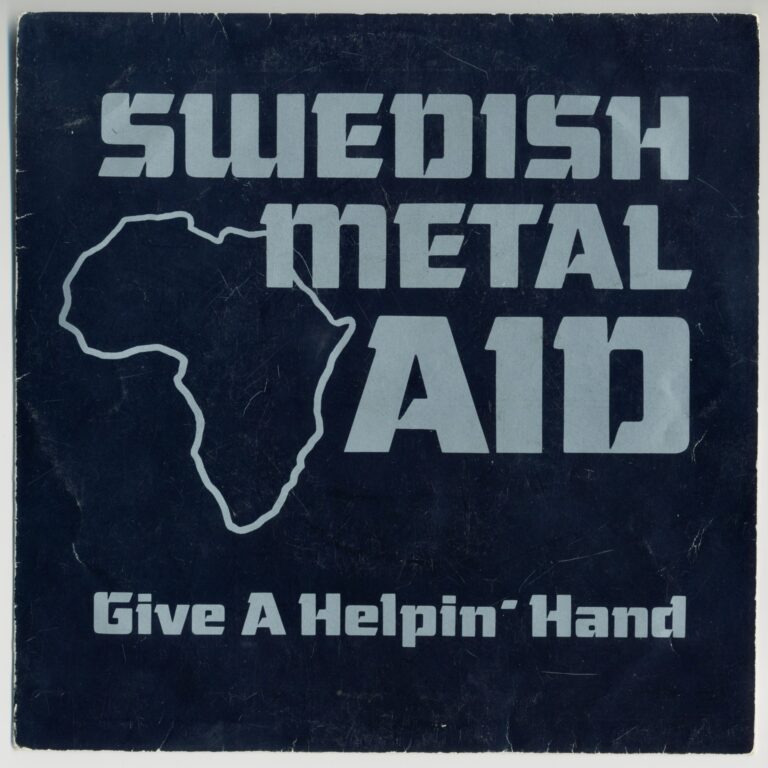Ah, the mid-1980s. A time of big hair, neon clothes, and a certain kind of pop music that swept across Europe with the force of a tidal wave. At the heart of this synth-driven revolution were two German guys, Thomas Anders and Dieter Bohlen, who together were known as Modern Talking.
The duo’s first hit, “You’re My Heart, You’re My Soul,” had been an unexpected global sensation, selling a staggering eight million copies. But was it a fluke? That’s the question “You Can Win If You Want” was meant to answer. Released in March 1985, just a few months after their debut, the song proved their success wasn’t a one-off. It was part of a relentless, factory-like production model. The two released two albums a year from 1985 to 1987, a blistering schedule that was characteristic of their streamlined creative process.
Dieter Bohlen was at the center of it all, acting as the sole songwriter and producer for the project. This meant new hits were churned out like an assembly line, designed to satisfy the booming demand for Euro-pop.
The lyrics of “You Can Win If You Want” told a simple, yet powerful story of personal freedom and ambition. They followed a young woman who rejected the safe, conventional life her parents had planned for her—a “steady job and a nice young man”. Instead, she chose to take an uncertain, but exciting, path of her own. The chorus was a straightforward, empowering mantra: “You can win if you want, if you want it you will win”. This theme of escapism and taking control of one’s own destiny was a popular one in the 1980s, resonating with a generation looking to break away from traditional constraints. The song’s use of accessible, non-native English, with phrases like “rings on your fingers, paint on your toes,” made it easy for a broad, non-Anglophone audience to understand and connect with its message.
The single’s cover art was a surrealist masterpiece of mid-1980s design. Against a black and white checkered floor, floating white dress shoes and large, opaque spheres created a dreamlike, almost fantastical scene. The symbolism was intentional. The shoes, often a symbol of a journey or a new beginning, hover above the checkered path, a metaphor for the game of chance that is life. The artwork visually mirrored the song’s narrative: leaving a mundane reality for a new, uncertain world, where success depends on taking a chance.
Commercially, the song was a runaway success across Europe, reaching number one in West Germany and Austria and peaking at number two in places like Belgium, Denmark, and Switzerland. In its home country, it earned a gold certification for selling over 250,000 units. In France, it sold over half a million units, also earning a gold certification. The song’s performance in Sweden, where it spent four weeks on the radio chart “Trackslistan”, peaking at number 6, also helped cement their rising popularity. It even landed at number 85 on the chart’s year-end list for 1985. In fact, its success paved the way for their next single, “Cheri, Cheri Lady,” which was a documented top-10 hit in Sweden. This widespread adoration, however, stood in stark contrast to their reception in the UK, where the single only reached a modest peak of number 70. The group was also almost unknown in North America. This regional fragmentation of their success is a unique part of their story.
“A steady job and a nice young man / Your parents had your future planned / Rings on your finger, paint on your toes / That’s the way your story goes”
“You Can Win If You Want” was recorded at the legendary Hansa Studios in Berlin. This was the same studio where international icons like David Bowie, U2, and Depeche Mode had worked. This fact adds a layer of unexpected historical context to the song’s creation, connecting it to a larger history of musical innovation. Its story is a captivating glimpse into the power of a finely-tuned commercial machine and a sound that simply captivates. It cemented their legacy as the biggest-selling German music act in history, with global sales of 120 million records. Their success, especially behind the Iron Curtain, where Dieter Bohlen was even recognized as a “Hero of the Soviet Youth,” showed how their music could transcend political and cultural divides.
My copy: 7″, 45 RPM, Europe, 1985, Hansa
Trackslistan (Swedish radio chart): 4 weeks, peaked at #6, #85 on year-end list 1985

